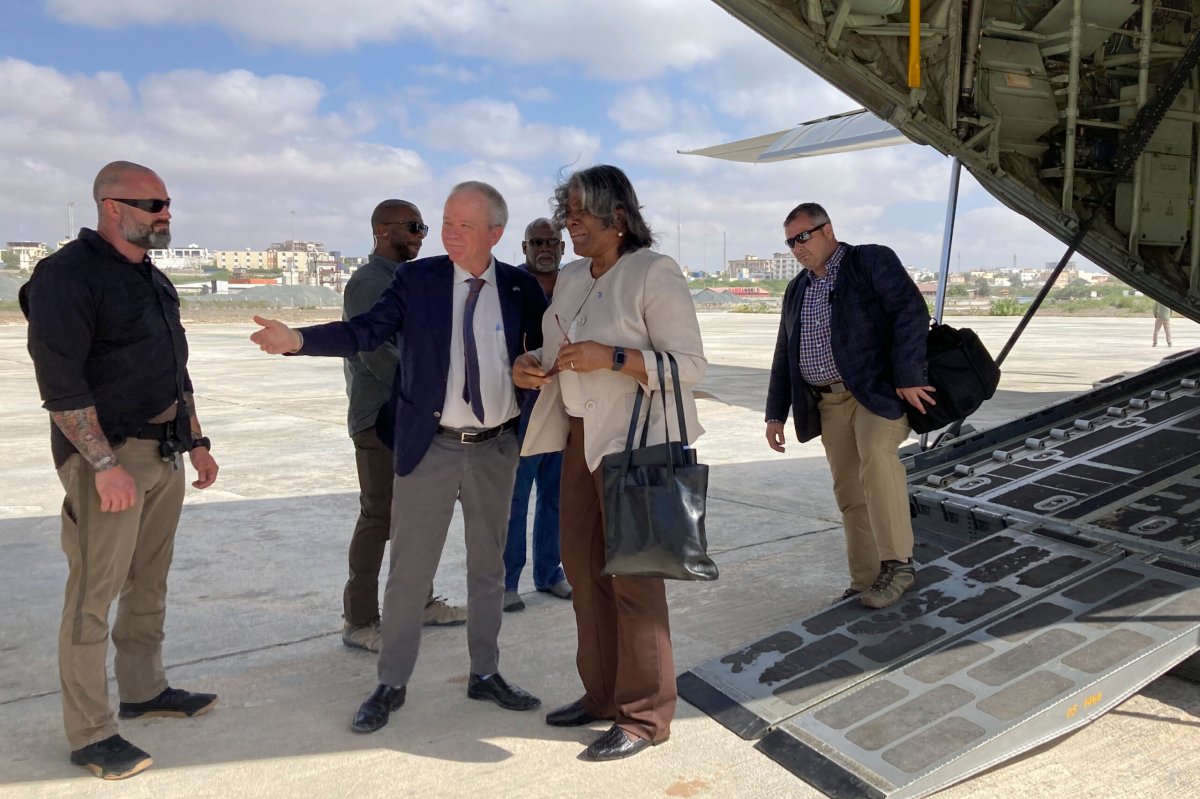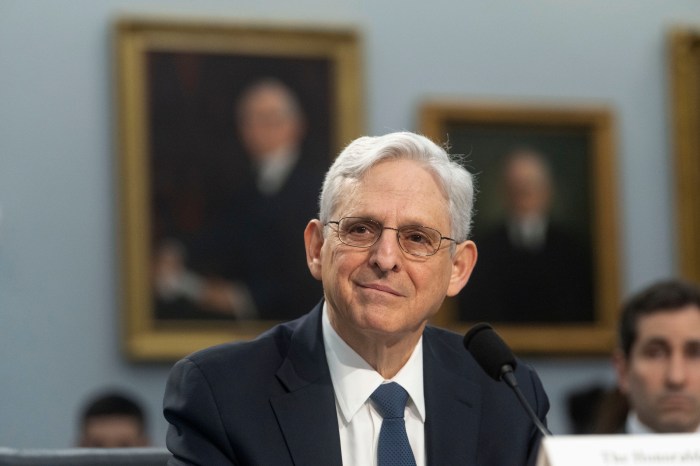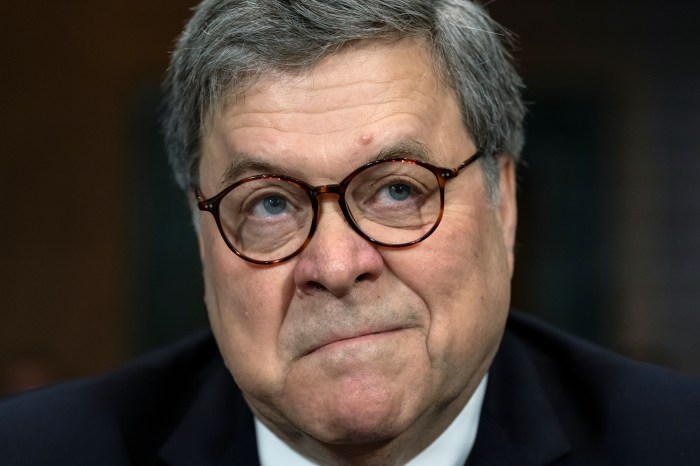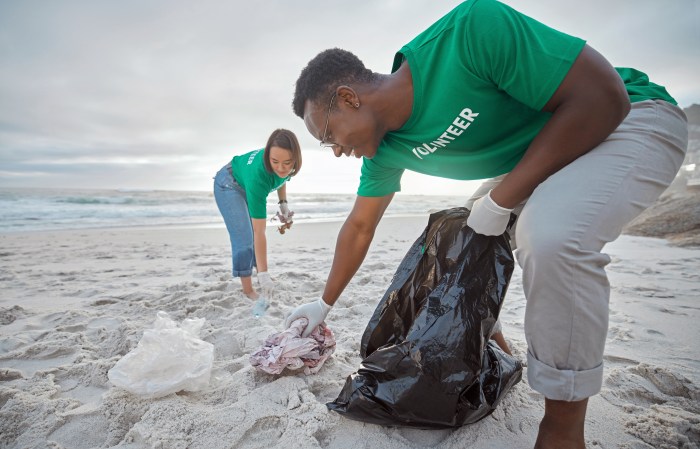MOGADISHU, Somalia (AP) — The first U.S. Cabinet member to visit Somalia since 2015 urged the world’s distracted donors Sunday to give immediate help to a country facing deadly famine, which she calls “the ultimate failure of the international community.”
The U.S. ambassador to the United Nations, Linda Thomas-Greenfield, heard perhaps the starkest warning yet about the crisis: Excess deaths during what is now Somalia’s longest drought on record will “almost certainly” surpass those of the famine formally declared in the country in 2011, when more than a quarter-million people died.
This time, the world is looking elsewhere, many humanitarian officials say.
“Many of the traditional donors have washed their hands and focused on Ukraine,” the U.N. resident coordinator in Somalia, Adam Abdelmoula, told Thomas-Greenfield during a briefing in Mogadishu.
While the U.S. ambassador declined to openly “name and shame” in her speech calling on donors for more help, saying “The countries know who we’re talking about,” the U.N. resident coordinator didn’t hesitate.
The European Union, for example, funded just 10% of the humanitarian response plan for Somalia last year, Abdelmoula told The Associated Press. The EU gave $74 million and the U.K. $78 million, according to U.N. data. Japan gave $27 million and Saudi Arabia $22 million.
The United States, meanwhile, funded roughly 80%, giving $1.3 billion to Somalia since the start of the 2022 fiscal year. The ambassador announced another $40 million on Sunday.
But the U.S. “can’t continue to pay at that level, even if there were no Ukraine,” Thomas-Greenfield told the AP in an interview, adding that Washington would like to see countries in the nearby Gulf region, for example, donate more.
She spelled out the fatal risks in the weeks ahead if other nations don’t step up. “According to the U.N., without contributions from other donors, critical food and nutrition assistance supporting 4.6 million people in Somalia will end” by April, Thomas-Greenfield said.
That will be just as a sixth consecutive rainy season in the parched country is expected to fail. The U.S. is “deeply alarmed” by the dire situation, she told humanitarian officials.
The ambassador delivered her speech in the seaside diplomatic compound at Mogadishu’s international airport, where bunker-bound officials try to respond to the growing crisis compounded by the security threat posed to large parts of Somalia from al-Qaida’s East Africa affiliate, al-Shabab.
Tens of thousands of people are thought to have died in the drought that also affects parts of neighboring Ethiopia and Kenya. More than a half-million children under the age of 5 in Somalia alone have severe acute malnutrition, according to the U.N. children’s agency. Millions of livestock essential to families’ health and wealth have died.
While the latest data assessment released last year found that Somalia had not met the benchmarks for a formal famine declaration, the U.N. and U.S. have made clear that the limited humanitarian aid has only delayed the worst.
Almost 2 million hungry people in Somalia are at the crisis point where “bodies start to consume themselves,” a Western humanitarian official said, speaking on condition of anonymity because they were not authorized to speak publicly.
There are now 2.7 million more people in need than during Somalia’s last famine in 2011, the official added.
About 900,000 of them have been living in areas under control of the al-Shabab extremists, complicating efforts both to understand the drought’s toll and to reach people with help.
But the death toll from the drought remains unclear even as fears grow. “I don’t think any of us know the number,” Thomas-Greenfield said.
The last Cabinet member to visit Somalia was John Kerry as secretary of state in May 2015.
Follow AP’s coverage of Somalia at https://apnews.com/hub/somalia


















